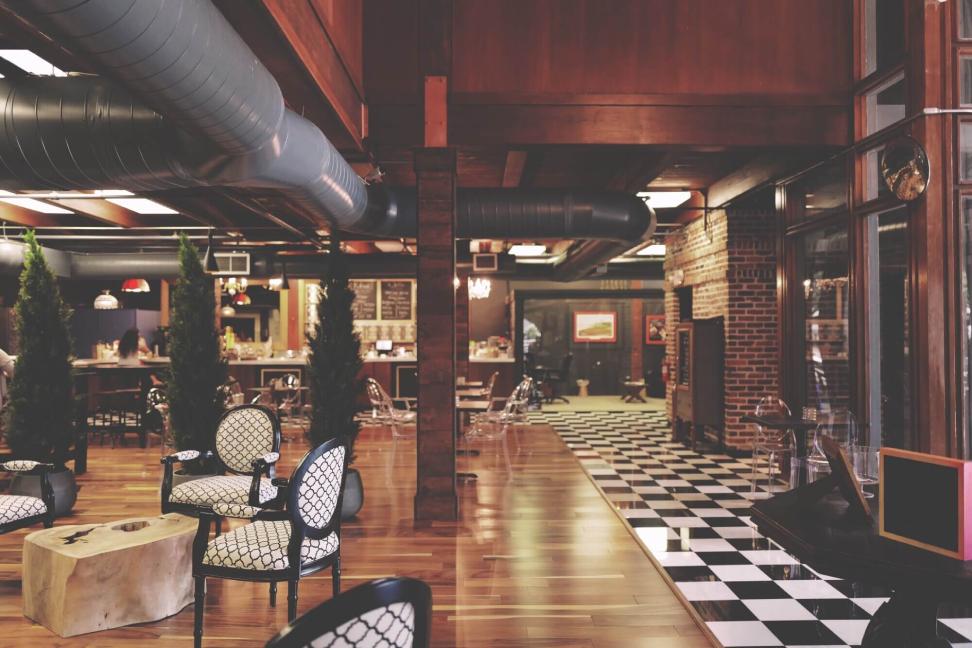Running a restaurant can be an exciting venture filled with delicious food and satisfied customers. However, not all culinary journeys have a happy ending. Sometimes, due to various reasons, a restaurant may have to undergo liquidation. Let’s delve into what restaurant liquidation entails, why it happens, and what steps are involved.
What is Restaurant Liquidation?
Restaurant liquidation is the process of selling off all assets and inventory of a restaurant to pay off debts or closing costs. It involves converting everything the restaurant owns into cash, which is then used to settle outstanding obligations.
Reasons for Restaurant Liquidation
- Financial Struggles: One of the primary reasons for restaurant liquidation is financial difficulties. If a restaurant is consistently losing money and cannot sustain its operations, liquidation may be the only viable option.
- Lease Expiration: When a restaurant’s lease agreement expires, and the owner decides not to renew it, liquidation may be necessary to close down the business.
- Market Changes: Shifts in consumer preferences, economic downturns, or changes in the local market can significantly impact a restaurant’s profitability. In such cases, liquidation may be the best course of action.
- Owner Retirement or Health Issues: Sometimes, restaurant owners may decide to retire or face health issues that prevent them from continuing to run the business. Liquidation allows them to exit the industry while maximizing the value of their assets.
Steps Involved in Restaurant Liquidation
- Assessment of Assets: The first step in restaurant liquidation is to assess all assets, including equipment, furniture, inventory, and even intellectual property such as trademarks or recipes.
- Valuation: Once the assets are identified, they need to be valued. This involves determining their fair market value based on factors such as age, condition, and market demand.
- Sale Planning: With a clear understanding of the restaurant’s assets and their value, a sale plan is developed. This may involve selling items individually, in bulk, or through auctions.
- Marketing and Advertising: To attract potential buyers, marketing and advertising efforts are crucial. This may include listing items for sale online, placing ads in relevant publications, or working with liquidation companies.
- Negotiation and Sale: Negotiating with potential buyers and finalizing sale agreements is the next step. This involves agreeing on prices, terms of sale, and payment methods.
- Inventory Clearance: Once sales are made, the remaining inventory needs to be cleared out. This may involve discounts or clearance sales to liquidate remaining stock quickly.
- Settlement of Debts: After all assets are sold, the proceeds are used to settle outstanding debts, including payments to creditors, landlords, and suppliers.
- Closure and Finalization: Once all debts are settled, the restaurant can be officially closed down. This involves terminating leases, canceling permits, and fulfilling any other legal obligations.
Conclusion
Restaurant liquidation is a challenging process that often marks the end of an era for restaurant owners. However, it can also be an opportunity to settle debts, recoup some losses, and move on to new ventures. By understanding the reasons behind liquidation and following a structured approach to the process, restaurant owners can navigate this difficult time with greater ease and efficiency.
Have A Look :-
- Which Of The Following Is Not An Advantage Of Owning A Car?
- Which Example Shows An Advantage Of Owning A Car Over Leasing One?
- Rolls-Royce Makes History By Making The World’s Most Expensive Car La Rose Noire Droptail Is Worth Rs 211 crore


